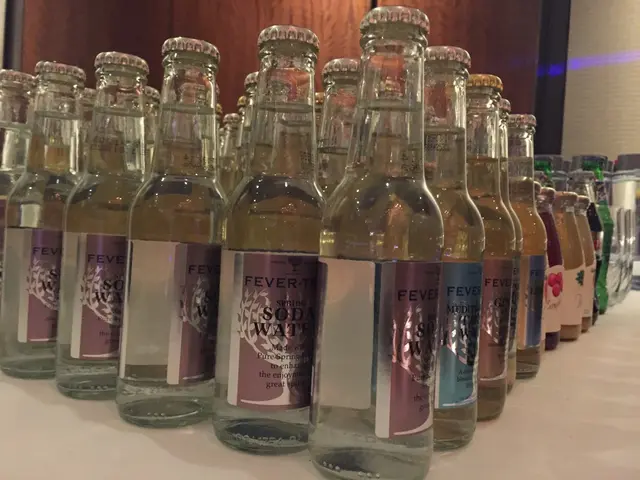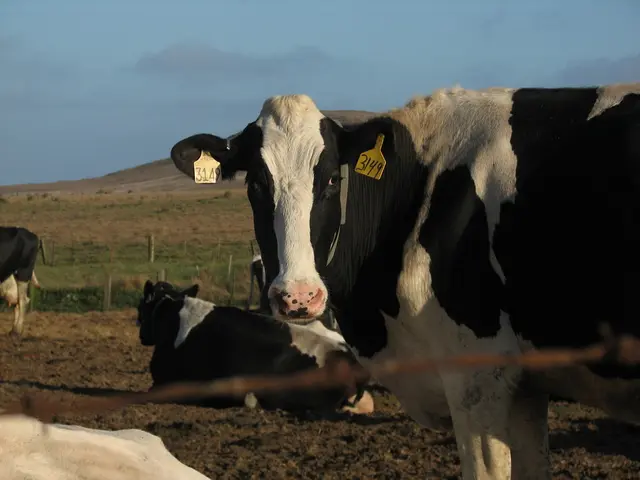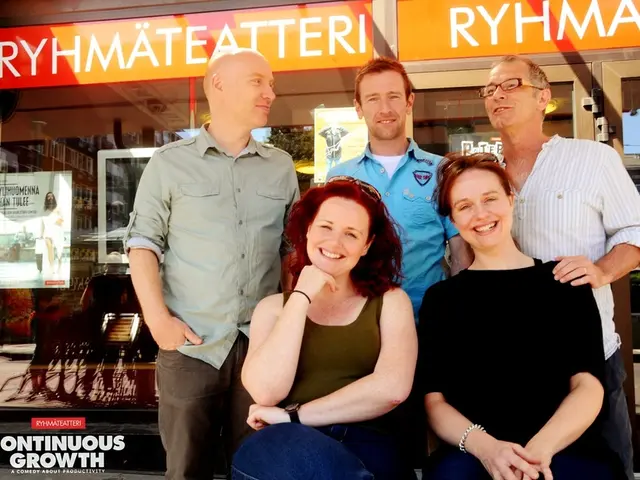Association: Germany must become competitive again - Germany’s ‘Steel Summit’ Aims to Rescue a Struggling Industry with Bold Tariffs
Tomorrow, Bundeskanzler Friedrich Merz will host a 'Steel Summit' at the Chancellery, aiming to bolster the ailing German steel industry. Joining him will be key ministers and regional leaders, including Vizekanzler Lars Klingbeil, Wirtschaftsministerin Katherina Reiche, and Arbeitsministerin Bärbel Bas, as well as Ministerpräsidenten from affected regions.
The summit, dubbed the 'Stahlgipfel', is expected to unveil concrete measures to safeguard the industry. These may include stiff import tariffs of up to 50% on steel imports, a quota system, and an outright ban on Russian steel products. The goal is to foster fair global trade while supporting domestic steelmakers.
The Saarland Steel Association, which represents the industry in the region, has been vocal about the need for political intervention. It demands accelerating bureaucratic streamlining, expanding the hydrogen economy, and restoring Germany's industrial base to international competitiveness. The steel industry is a lifeline for Saarland, directly employing around 12,000 people and supporting another 20,000 jobs indirectly. However, the region is undergoing significant structural transformation, with its key industries—steel and automotive—facing social and environmental challenges.
The steel industry's struggles pose an existential threat, according to the association's managing director, Antje Otto. The summit is expected to address this threat with robust measures. These may include competitive energy prices, the development of green lead markets, and effective European trade protections against heavily subsidized cheap steel from Asia and Russia. The outcome of the 'Stahlgipfel' will be closely watched as it could shape the future of Germany's steel industry and the regions it supports.
Read also:
- American teenagers taking up farming roles previously filled by immigrants, a concept revisited from 1965's labor market shift.
- Weekly affairs in the German Federal Parliament (Bundestag)
- Landslide claims seven lives, injures six individuals while they work to restore a water channel in the northern region of Pakistan
- Escalating conflict in Sudan has prompted the United Nations to announce a critical gender crisis, highlighting the disproportionate impact of the ongoing violence on women and girls.






